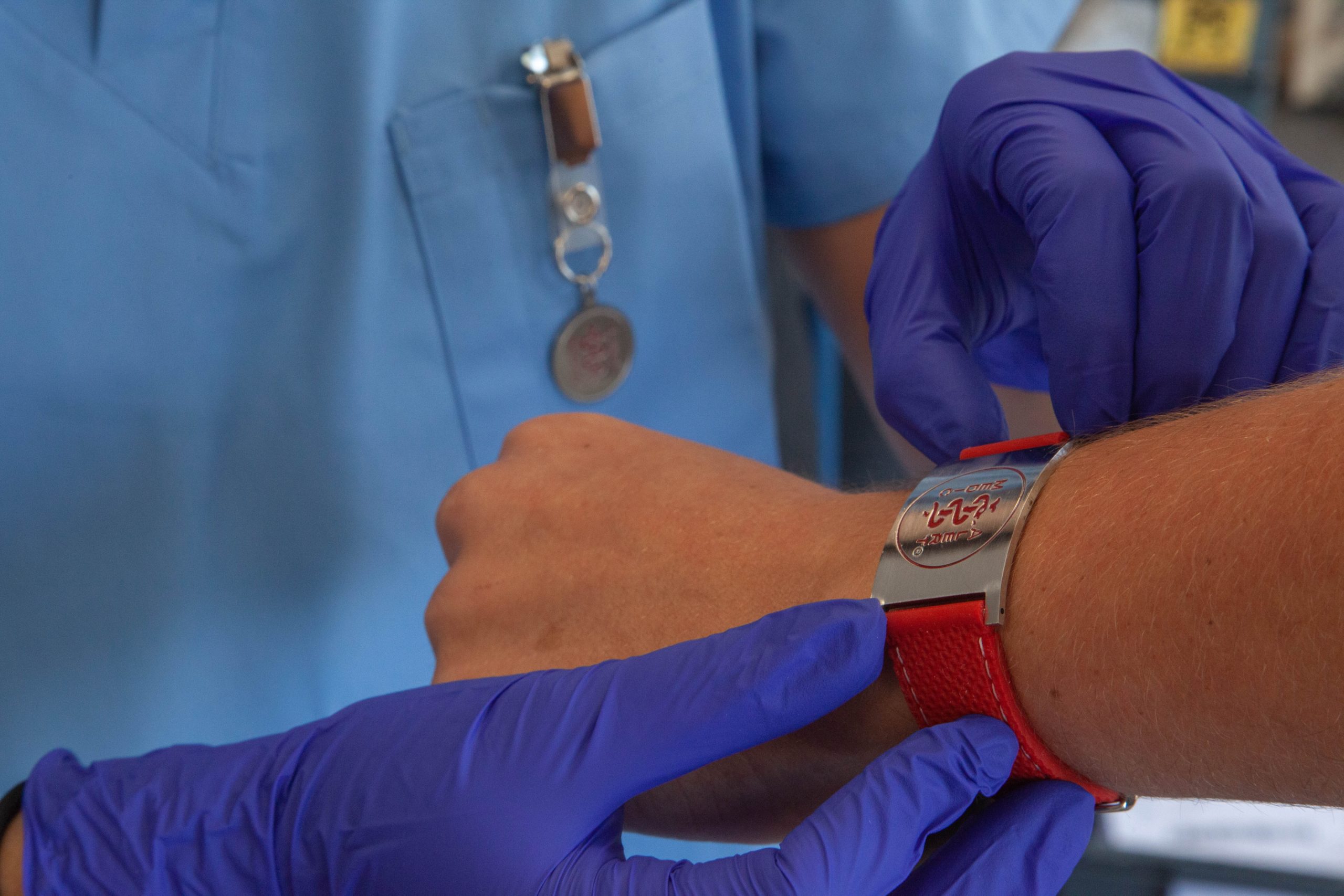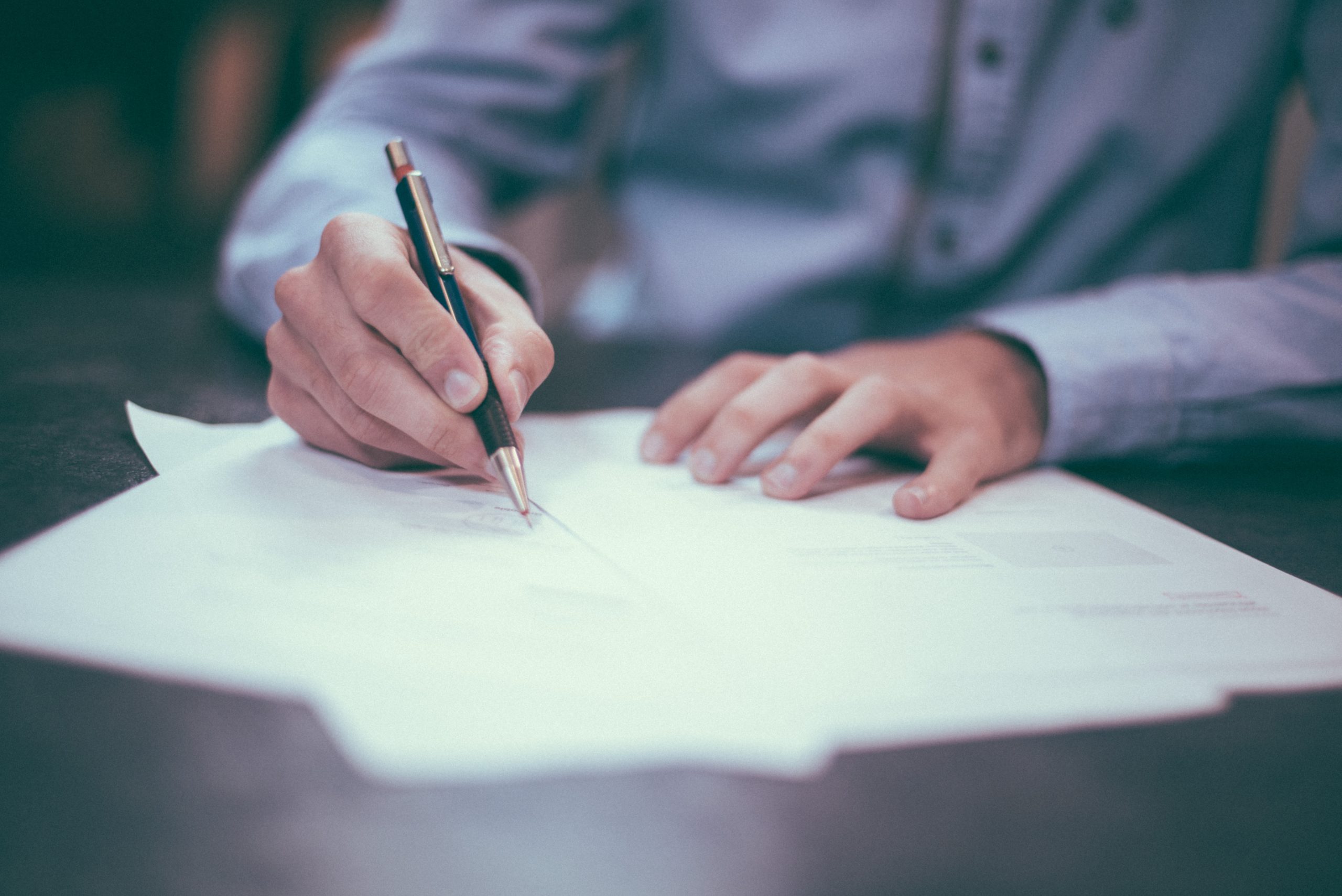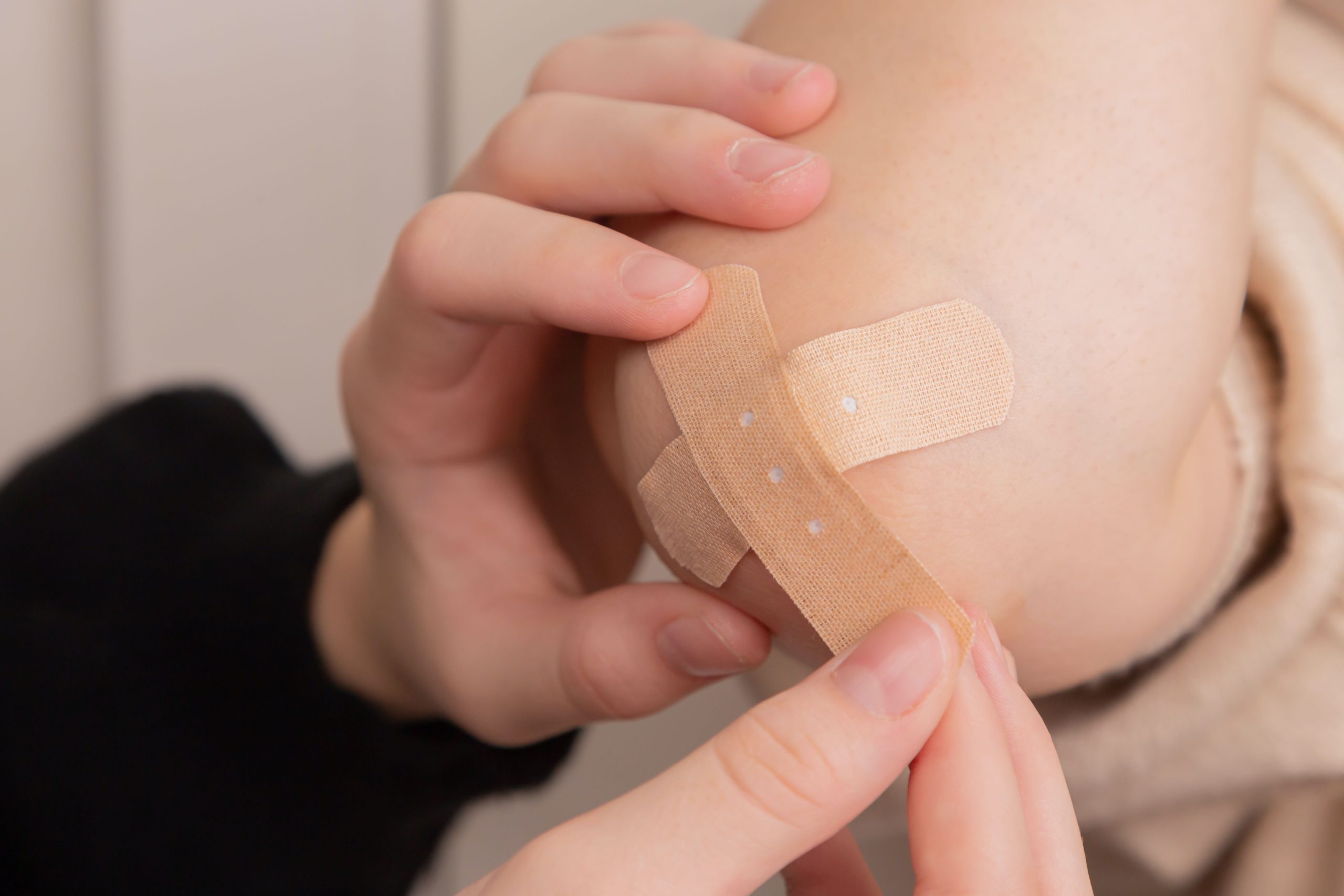Contingency fee agreements are payment arrangements between personal injury lawyers and their clients that stipulate they will represent their case on contingency, with payment only received if successful.
Under a contingency fee agreement, the lawyer agrees to work on the case without receiving an upfront fee from their client and instead receive a percentage of any settlement or court award that their client achieves; should their case not succeed then no payments will be received by them from them.
Before beginning work on the case, lawyers usually agree on an agreed-upon percentage that they will take out of any final settlement or award that results. The percentage may depend on factors like the complexity of the case, the amount of work necessary, and attorney experience.
Contingency fee agreements can be invaluable for clients without the financial means to cover legal fees upfront while providing lawyers an incentive to work hard and obtain the best outcome for their clients as their payment will depend on its success.
Before signing a contingency fee agreement, clients should thoroughly understand its terms. They should inquire as to the percentage charged, expense management procedures, and what will happen if their case doesn’t go as planned.
Contingency fee agreements provide personal injury lawyers with an avenue for representing clients without expecting upfront payment from them. Instead, their payment will come only upon the successful resolution of their client’s case and as part of any final settlement or court award they might receive as part of this payment plan. It’s vitally important for clients to read and comprehend any agreements before signing them.











